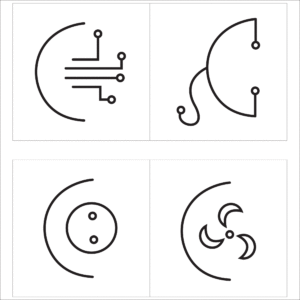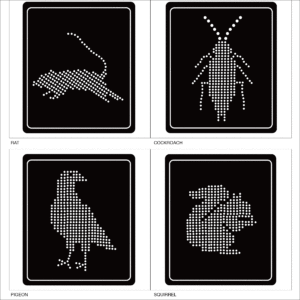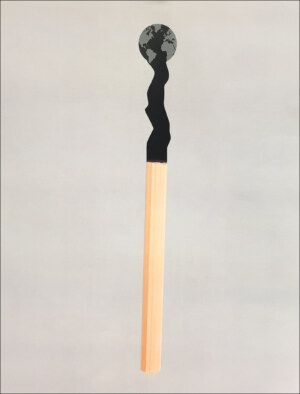Teaching
For over a decade Chris Ritchie has been an adjunct faculty member at the School of Art and Design at Fashion Institute of Technology. During that time, he’s taught multiple classes including: Typography, Visual Language, Design History, and Foundations in Graphic Design.
Philosophy
The core of my design teaching philosophy derives from the values I employ as a practicing graphic designer. There are many paths and destinations to pursue in this industry but I believe that, in the context of design education, there are core elements that can prepare students for any of these paths. These values help to foster a symmetry of proficiency and expression required for a fulfilling and influential career in this field. They are:
Collaboration
Independent of the medium or field, the nucleus of a graphic designer revolves around their ability to invent and articulate an idea. Ideas that excel spring from original viewpoints or unexpected combinations. Though individual, a designer’s perspective can be mined and nourished by the cultivation of a collaborative educational climate. This applies to how we offer criticism and feedback, how we construct the curriculum, and how we present the classroom experience. I aim to have students bring elements of themselves into their work while also objectively evaluating its effectiveness.
Innovation
Teaching methodologies and learning outcomes should reflect the interdisciplinary and ever-changing nature of our field. I encourage students to be cognizant of current developments in technology and style and share their experiences and perspectives, but also to understand aesthetic movements throughout design history. Also, they must consider how design–and specifically interaction design–can be an equalizer across social and economic demographics that can be a vehicle for opportunity. This accentuates that their work must interact and relate to the context of society as an entirety.
Endeavor
A personal perspective comes from within but, to unlock it, a student depends on the formulation of a conceptual process. It’s essential to establish a personal method of work that allows for experimentation, incubation and self-critique that can be extended to professional practice. With qualities of boldness and improvisation present in their process, a student has the foundation for solving any creative problem.
Though I aim to be malleable and evolutionary in my teaching approach, these three core values will remain the solid center from which my pedagogic philosophy consistently gravitates around.
– Chris Ritchie
Student Work
Visual Language: Visual Pun
Project to create a photographic or illustrative design that uses a visual pun to take a perspective on a specific social issue.



















